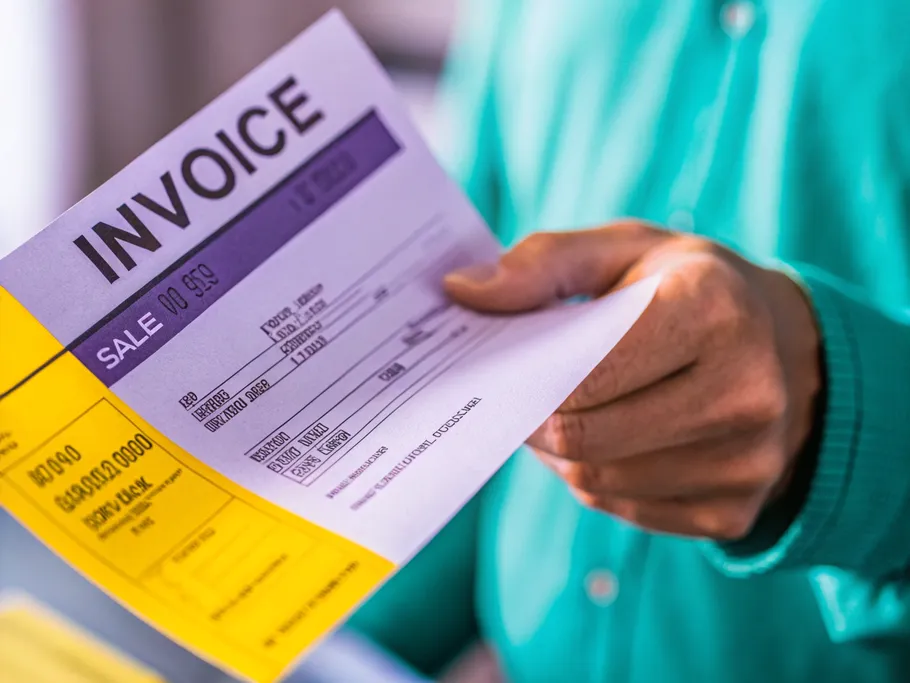Let’s Unpack This Accounting Mystery
So, you’re staring at your ledger wondering, “Is sales discount debit or credit?” Don’t worry, you’re not alone. Accounting can sometimes feel like deciphering an ancient language written by number-loving aliens. But fear not! We’re here to break it down like we’re chatting over a cup of coffee—or maybe something stronger if accounting really gives you the heebie-jeebies.

When companies sell goods or provide services, they might offer a sales discount. These aren’t just random acts of kindness; they’re strategic moves to encourage customers to pay up sooner rather than later. But here’s the kicker: these discounts need to be recorded properly in your financial statements. And that’s where the whole debit or credit conundrum comes into play.
Before we dive into the nitty-gritty, let’s make sure we’re all on the same page. We’re going to chat about sales discounts, debits, credits, and that magical dance they do in double-entry bookkeeping. Ready? Let’s get this accounting party started!
What Is a Sales Discount Anyway?
First things first—what exactly is a sales discount? No, it’s not just a generous price slash because you’re feeling charitable. A sales discount, also known as an early payment discount or cash discount, is a nifty incentive companies dangle in front of customers. It says, “Hey, if you pay your invoice early, we’ll knock off a percentage of the total amount.” It’s like those early bird specials at your favorite diner but for your business finances.
You’ll usually spot the terms of these discounts in the header of an invoice, looking something like “3/7 net 30.” If you’re scratching your head thinking that’s some secret code, you’re kind of right! It means the customer gets a 3% discount if they pay within 7 days. Otherwise, the full amount is due in 30 days. It’s the business world’s way of saying, “Time is money, literally.”
Why Are Sales Discounts a Debit?
Now, onto the million-dollar question: Is a sales discount a debit or credit? Drumroll, please… It’s a debit! Wait, what? How does that make sense?
Think of it this way: A sales discount reduces your total revenue. In accounting lingo, it’s called a contra-revenue account. That means it works against your revenue account to bring down the overall amount. So, when you offer a sales discount, you’re essentially saying goodbye to a slice of your potential income. And in the world of debits and credits, a decrease in revenue is recorded as a debit.
Still with me? Great! If not, don’t worry; we’ve all had that “what the heck does that mean?” moment in accounting. Let’s keep unraveling.
The Double-Entry Bookkeeping Dance
In accounting, every transaction is like a two-step dance move recorded in your books—this is known as double-entry bookkeeping. For every debit, there’s an equal and opposite credit. It’s the universe’s way of keeping balance (or at least your balance sheet’s way).
Generally, debits are recorded on the left side of your ledger, and credits are on the right. This system ensures that everything adds up nicely, and you don’t end up pulling your hair out when the numbers don’t match.
So, when you give a sales discount and reduce your revenue, you debit the sales discount account. Simultaneously, you credit accounts receivable because you expect to receive less money from your customer. It’s like saying, “I’m earning less, but at least I’m getting paid faster!”

Why Companies Offer Sales Discounts
Okay, so why would a company willingly reduce its revenue? Are they just feeling generous? Well, not exactly.
Offering a sales discount can help a company:
- Encourage Early Payments: Faster payments improve cash flow. Who doesn’t like getting paid sooner?
- Reduce Bad Debts: Early payments mean less chance of the invoice becoming overdue or uncollectible.
- Build Customer Loyalty: Customers appreciate discounts and might choose you over a competitor because of them.
In essence, it’s a strategic move to keep the business humming along smoothly, even if it means taking a tiny hit on revenue.
How to Record Sales Discounts: The Nitty-Gritty
Alright, let’s get down to business. How do you actually record a sales discount? Here’s the play-by-play.
Step 1: Recording the Initial Sale
When you make a sale, you record it as a debit in Accounts Receivable and a credit in Sales Revenue. For example, if you sold goods worth $5,000, your journal entry would look like this:
| Account | Debit | Credit |
|---|---|---|
| Accounts Receivable | $5,000 | |
| Sales Revenue | $5,000 |
No surprises there.
Step 2: Recording the Sales Discount When Payment Is Received
Now, your customer decides to take advantage of your generous discount offer. They pay early and save some cash. Let’s say the sales discount is 2%, so they pay $4,900 instead of $5,000. Here’s how you’d record that:
| Account | Debit | Credit |
|---|---|---|
| Cash | $4,900 | |
| Sales Discount | $100 | |
| Accounts Receivable | $5,000 |
Here’s what’s happening:
- Cash: You’re debiting $4,900 because that’s what landed in your bank account.
- Sales Discount: You’re debiting $100 to account for the revenue you’re not getting. (Remember, debiting a contra-revenue account reduces revenue – your revenue is now $5,000-$100=$4,900.)
- Accounts Receivable: You’re crediting $5,000 because the customer no longer owes you anything.
Voilà! Your accounts are balanced, and everyone is happy.
Putting It All Together: An Example
Let’s bring this home with a full example.
Imagine you’re a budding entrepreneur named Alex who sells custom-made skateboards. You just sold $10,000 worth of skateboards to a retailer with terms “5/15 net 60.” This means the retailer can get a 5% discount if they pay within 15 days; otherwise, the full amount is due in 60 days.
Here’s how you’d record the initial sale:
| Account | Debit | Credit |
|---|---|---|
| Accounts Receivable | $10,000 | |
| Sales Revenue | $10,000 |
Now, the retailer decides to take advantage of the discount and pays within 15 days. They pay $9,500 instead of $10,000. Here’s your journal entry when you receive payment:
| Account | Debit | Credit |
|---|---|---|
| Cash | $9,500 | |
| Sales Discount | $500 | |
| Accounts Receivable | $10,000 |
Easy peasy! You’ve accounted for the discount, balanced your books, and improved your cash flow.

Why This All Matters
You might be thinking, “This is a lot of work for a tiny discount!” But accurate accounting is crucial. It ensures your financial statements reflect reality, which is important for:
- Managing Cash Flow: Knowing when and how much cash is coming in helps you make informed decisions.
- Tax Reporting: Accurate records mean fewer headaches (and penalties) during tax season.
- Attracting Investors: Clean financial statements make your business more attractive to investors and lenders.
Learn more: Statement of Cash Flows, Example and Purpose, Budgeting: Financial Freedom You Can’t Ignore
Takeaways
- A sales discount is a reduction in the invoice price offered to customers as an incentive for early payment.
- Sales discounts are recorded as a debit because they reduce revenue (they’re contra-revenue accounts).
- Recording sales discounts accurately ensures your financial statements reflect your true financial position.
- Understanding the interplay of debits and credits in double-entry bookkeeping is key to mastering accounting basics.
- Properly managing sales discounts can improve cash flow and reduce the risk of bad debts.
So there you have it! The mystery of whether a sales discount is a debit or credit is unraveled. Now you can get back to running your business—or perhaps tackling another accounting puzzle. Either way, you’re better equipped to handle the numbers like a pro. Cheers to that!
